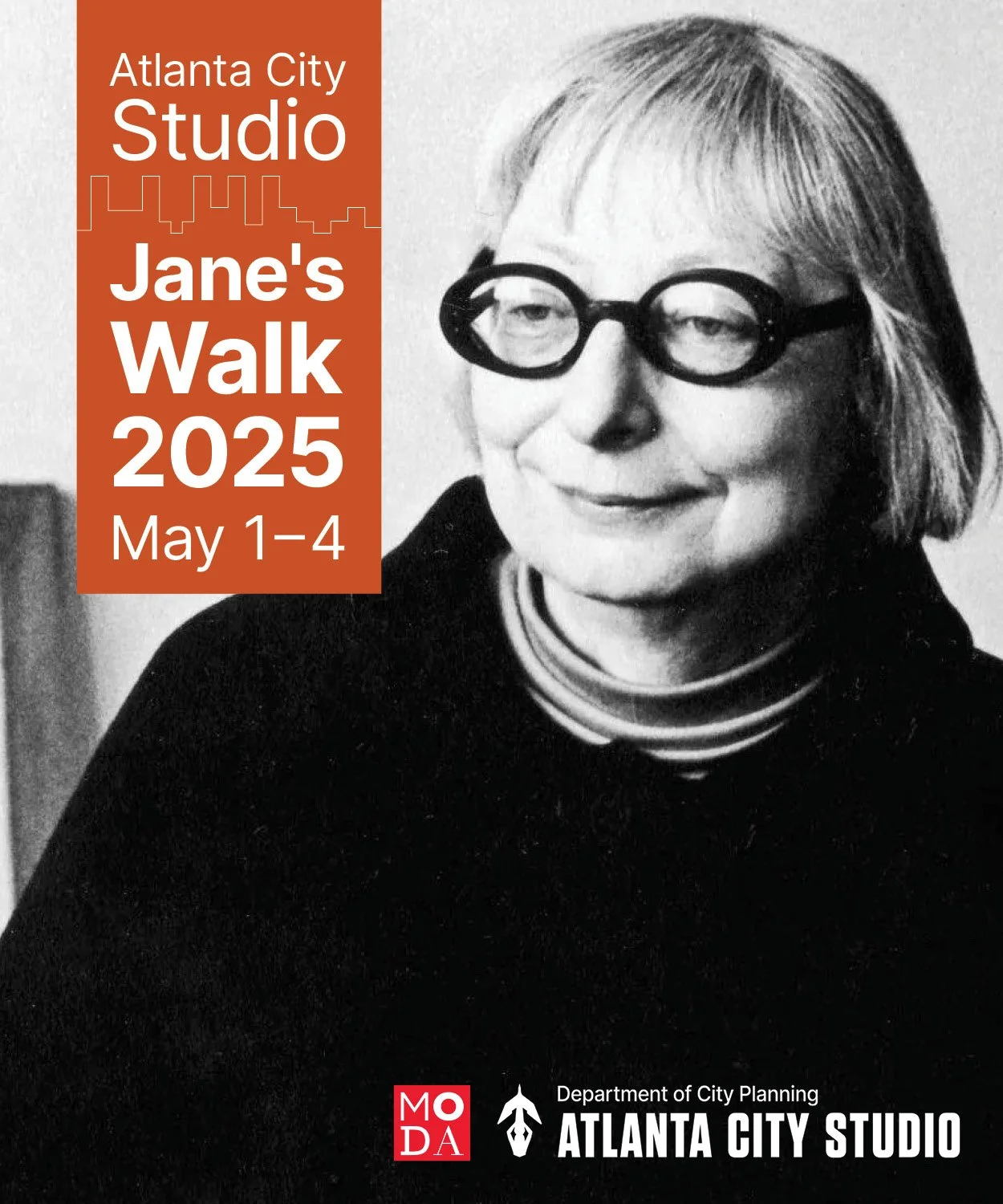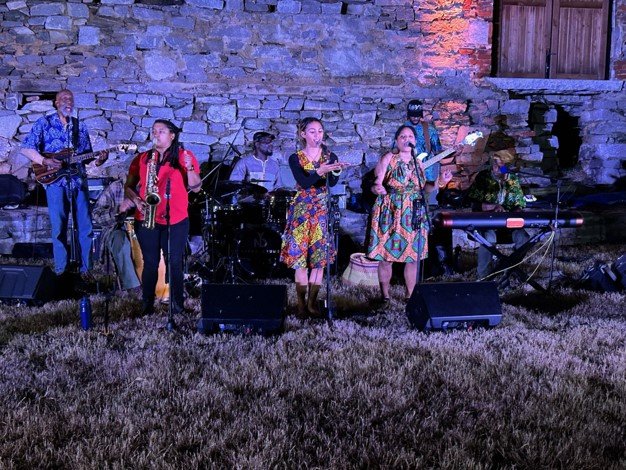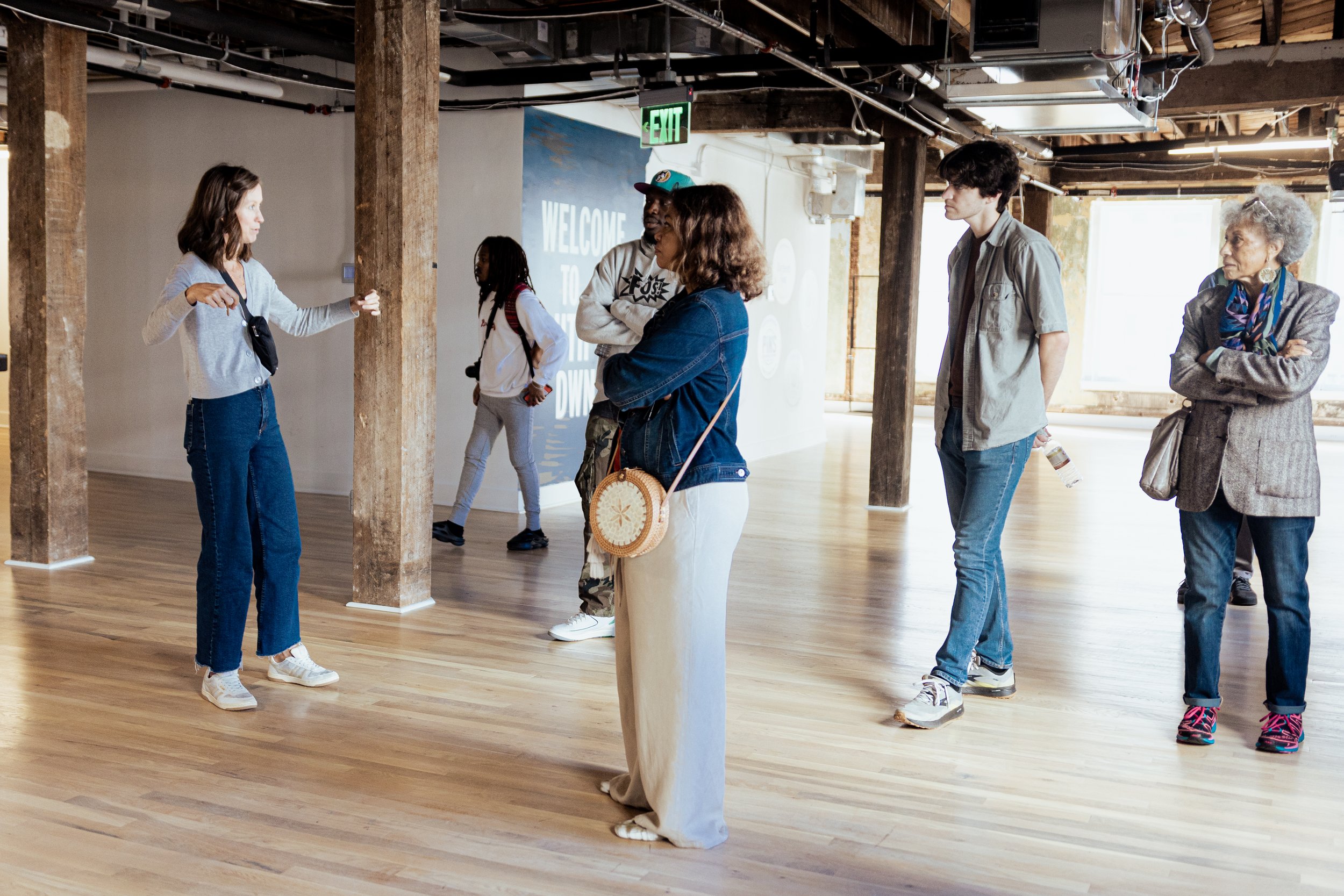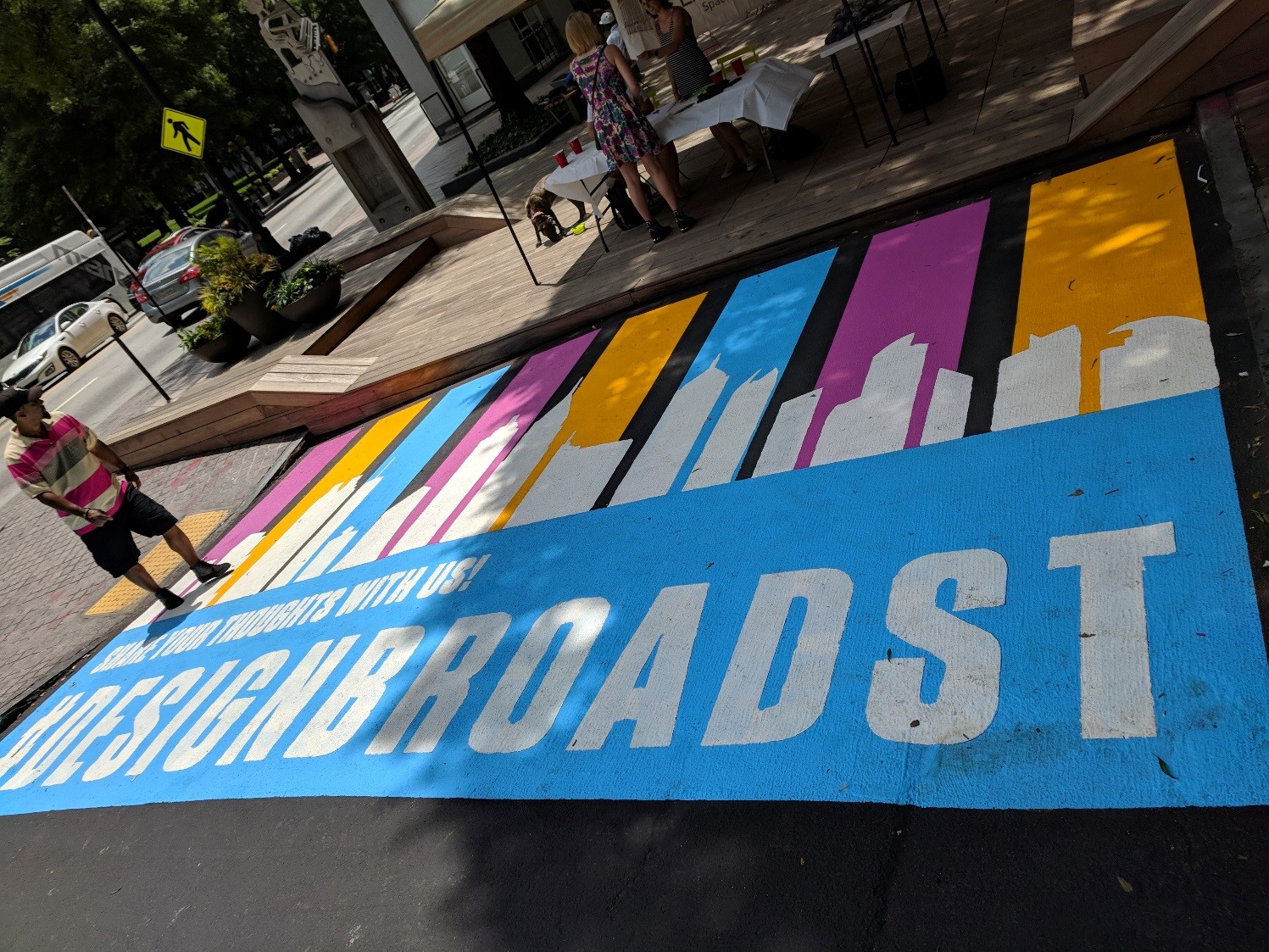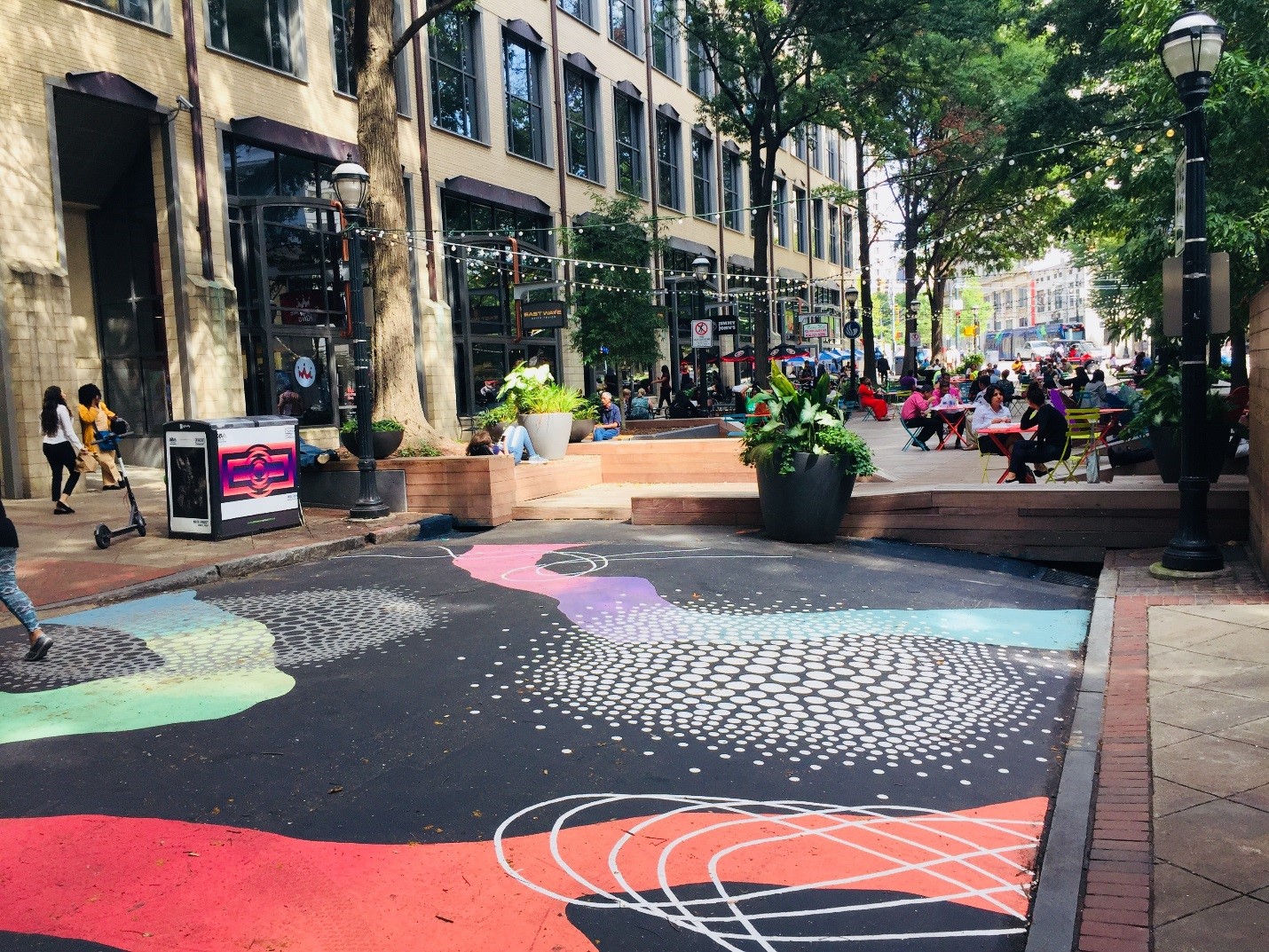The origin of Park(ing) Day can be dated back to the early 1970s, when artist Gordon Matta-Clark, decided to purchase many one-off parcels of land. These properties were irregularly shaped, somewhat inaccessible alleyways and crevices within the boroughs of Queens and Staten Island. He dubbed these spaces as Fake Estates. Matta-Clark photographed the fake estates along with their respective deeds and map locations. These images went on to become a part of Cabinet Magazine’s exhibition at the Queens Museum of Art and White Columns in New York titled "Odd Lots.”
Inspired by these Fake Estates, Rebar Art and Design Studio of San Fransico began seeking out quaint spaces within their own city. They discovered curbside meter parking spaces are a prime and inexpensive piece of real estate. By paying the meter, you have taken ownership of that spot for a specified time.
Rebar Parking Day Sketches. About Park(Ing), https://www.myparkingday.org/about. Accessed 19 Mar. 2024.
The Rebar group sketched up multiple alternative functions of a parking space, including outdoor office cubicles, miniature swimming pools, urban gardens, and the like. Eventually, they settled on an idea, a pocket park in the heart of the financial district of San Fransico, titling the occasion as Park(ing) Day. It was a success and garnered global attention. Multiple cities expressed interest in the movement, and what started as an experimental installation became an annual event celebrated worldwide.
Here in Atlanta, we have contributed to the movement as well. Many Community Improvement Districts (CIDs) and Student Organizations have engaged in Park(ing) Day by offering games to play, sharing information about their organization, or creating an area of leisure and relaxation. These spaces demonstrate equitable engagement of our streets by showcasing how to consider pedestrian use. In addition to that, they encourage the efforts of the Department of Transportation’s Vision Zero and other traffic safety initiatives.
Mathews, Abigail Sara. “Reimagining Atlanta’s Streets with Parking Day.” Technique, 8 Oct. 2021, nique.net/life/2021/10/07/reimagining-atlantas-streets-with-parking-day/.
This year, the Public Space Studio, within the Office of Design, is excited to participate in Park(ing) Day by offering a location to visit in Downtown Atlanta. Come down to the Atlanta City Studio at 235 Mitchell Street SW on Friday, September 20th, 2024, from 12 PM – 5 PM, for fun activities and informational conversations with the Office of Design. We hope to see you reimagine the function of parking spaces in your community as well. No permit is required to participate, however you must pay the parking meter for the length of time you are using it, as you would when parking a vehicle. So, get your wheels turning and meet us at Park(ing) Day!
#ParkingDayATL
Park(ing) Day 2017 on Atlanta’s Broad Street

